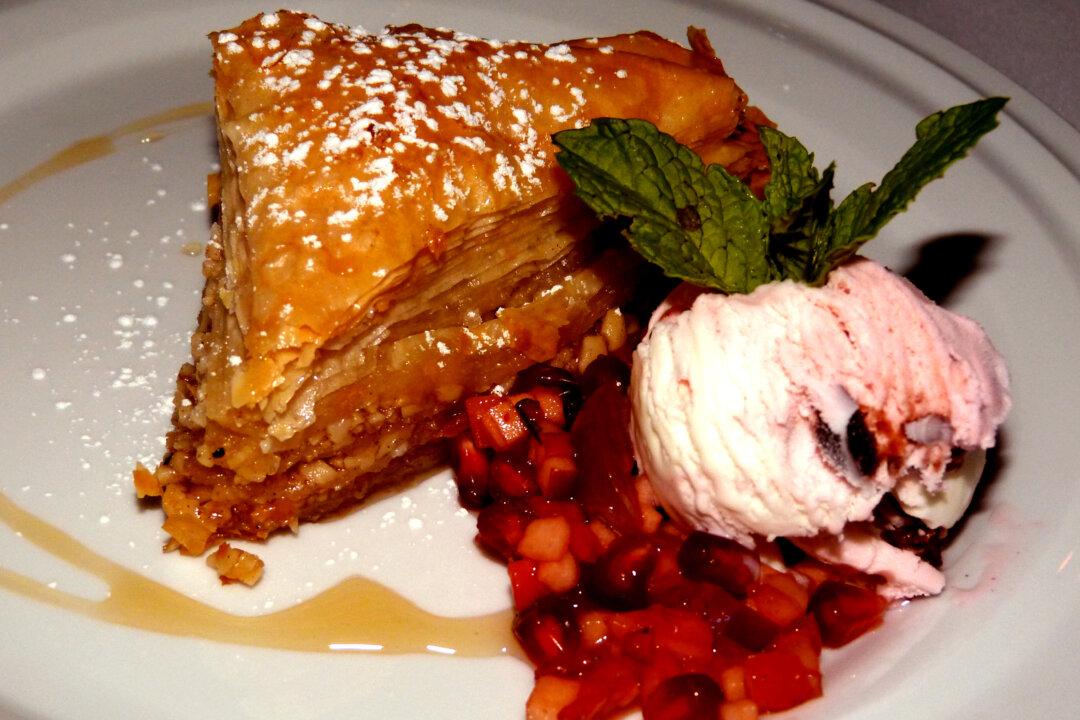The wines of Roussillon owe their existence to ancient Greek merchants and sailors from Corinth that brought to their colonies and trade stations in the Catalan countryside cuttings of vines from the Eastern Mediterranean to create the first vineyards.
Plantings of Moscato d' Alessandria, Muscat à Petits Grains and Malvasia were later augmented by Grenache, Carignan, and Macabeo from the Kingdom of Aragon (Spain), and Cinsault, Syrah, Marsanne, and Vermentino to create a thriving wine production now exported around the world.
Depending on the production area—Côtes du Roussillon, Côtes de Roussillon Villages, Collioure, Maury, Banyuls and Rivesaltes—the terroir dictates the grape varieties planted, with dry reds dominating some, while others create a variety of full bodied dry reds, dry whites, and rosés and still others being dominated by aromatic, sweet whites and a few, very distinct, sweet reds (Banyuls Grand Cru). The grape-growing area is bordered by the Mediterranean in the East and mountains in the west.
Vine growing is essentially a family business. The area’s small vineyards have shrunk in size through the years because of the French inheritance laws and there are now approximately 4,500 full time grape growers, averaging 9 hectares each. Co-operatives began in 1907 and are presently handling 75 percent of the wine production.
At a recent tasting I was enthralled by the mellow, aromatic sweet wines I tasted. Yes, there were numerous nice dry reds and whites in the tasting, but the highlights belong to the sweet, some of them fortified wines (vins doux) that many Roussillon vineyards produce.
To my taste the best was from Arnaud de Villeneuve, the 1969 Vieux Millésimes Rivesaltes Ambré Hors d' Age, a wine that unfortunately is not officially imported in the United States yet. Bottled in a very distinct rhomboid decanter with a gold vintage date, it has a color that is medium teak, with orange/brown highlights.
The nose of this wine is highly nuanced and textured, with tropical flower notes predominating, especially honeysuckle and frangipani with hints of fruitcake, honey, spice, and cigar box aromas. From the same producer, the 2009 Muscat de Riversaltes was a fruity, amber-colored wine that would pair very well with foie gras. There are many other wines in their portfolio, both dry reds and dry whites, but their sweet wine palette was truly exceptional.
Domaine Madeloc showed the 2008 Banyuls Cirera, (Cicera means cherry in Catalan) a lovely Grenache Noir-based wine from grapes grown in a poor, acidy soil, in a hot, sunny climate, with the wine matured in large casks for more than a year.
Château Dona Baissas showed a number of nice dry reds from Côtes du Roussillon, especially the ones from old vines (vieilles vignes). They showed four exceptional Rivesaltes Ambré Muscats that have a deep golden color with lots of glycerol, redolent of fruitcake, honey, and spice and a sweet palate that ends in a long finish with considerable acidity. Their Horse d' Age Sweet Emotion was an especially delectable and seductive wine.
Domaine Rière Cadène, showed a number of both white and red dry cuvees from traditional Roussillon varietals. But the 2010 Muscat de Rivesaltes blanc was a real charmer made from a blend of Muscat d' Alessandria and Muscat á Petits Grains that had a wonderful nose of white flowers and citrus fruit.
There were numerous other exhibitors and all showed appealing wines but the above were the ones I found the most interesting.
To your health!
Manos Angelakis is a well-known wine and food critic based in the New York City area. He has been certified as a Tuscan Wine Master, by the Tuscan Wine Masters Academy, as well as being an expert on Greek, Chilean, and Brazilian wines. He judges numerous wine competitions each year and is the senior Food & Wine writer for LuxuryWeb Magazine and The Oenophile Blog




